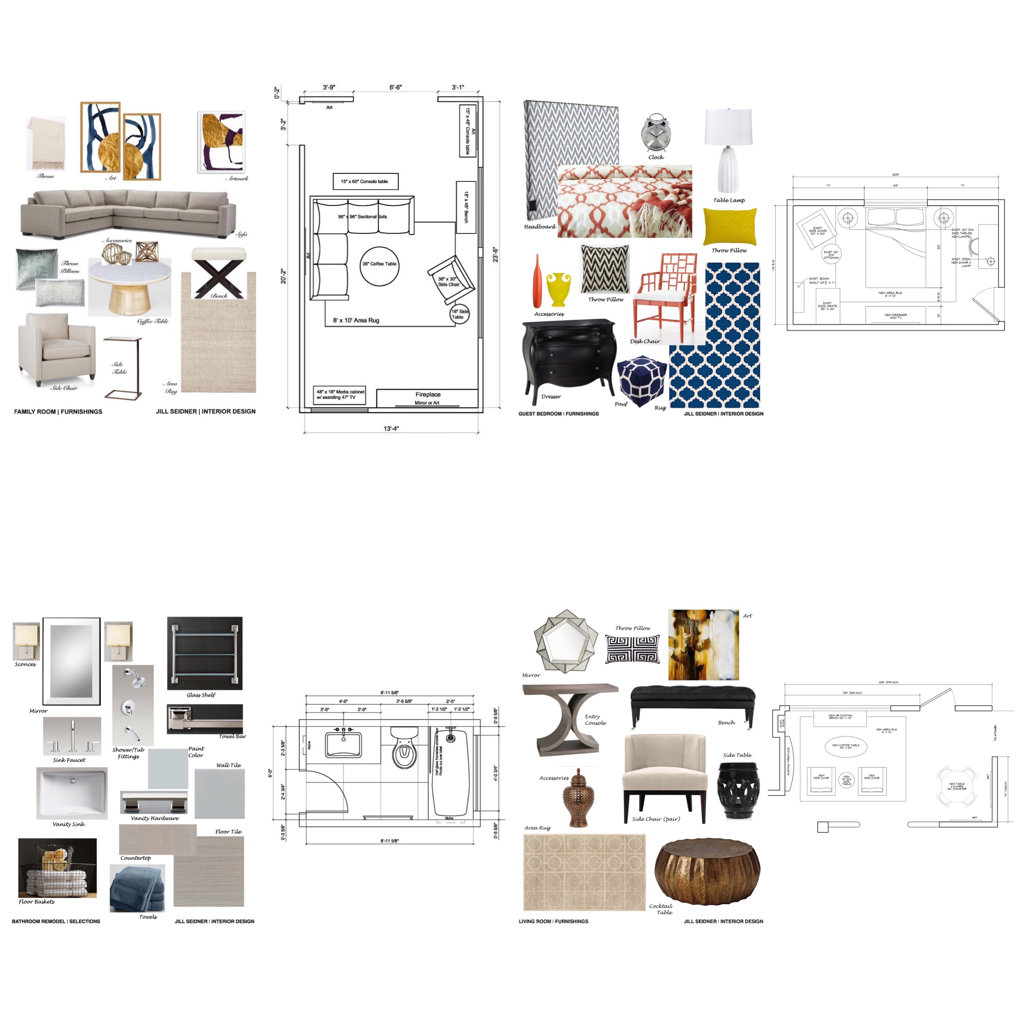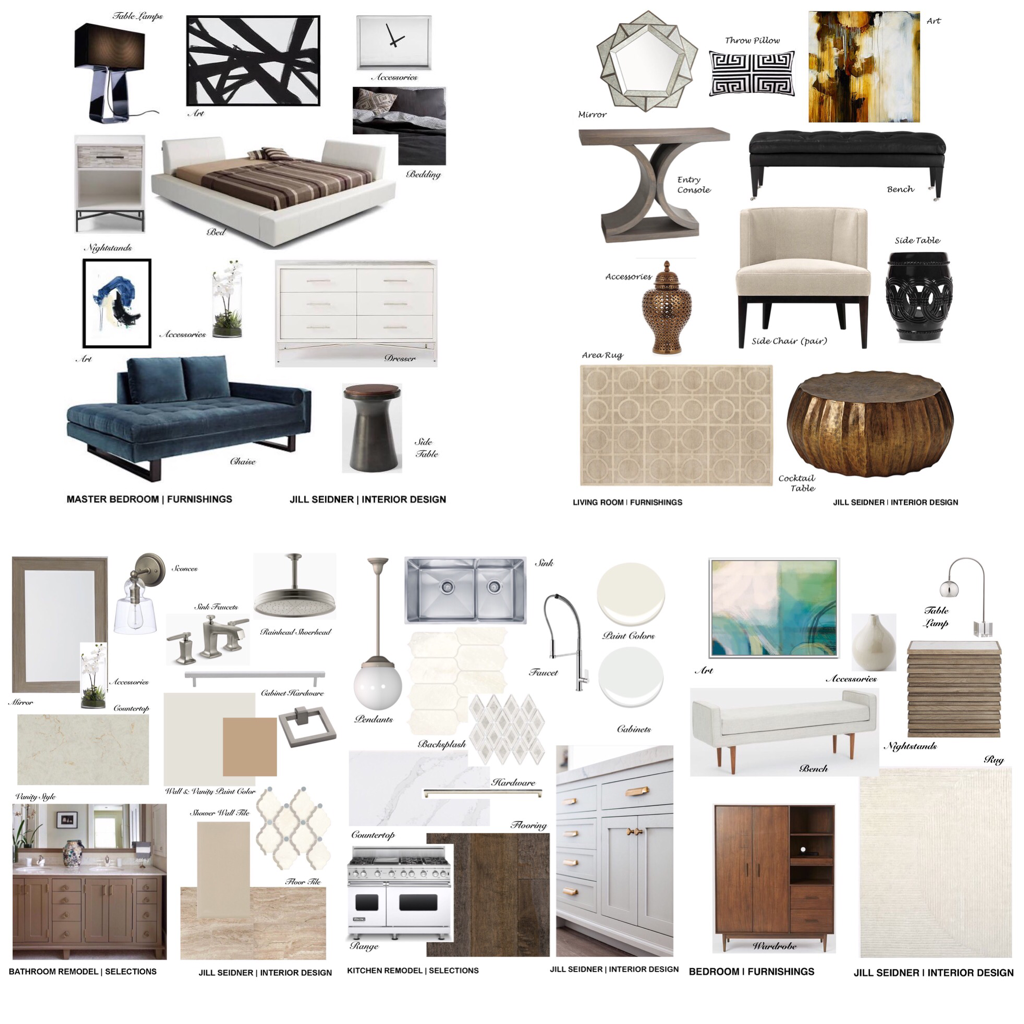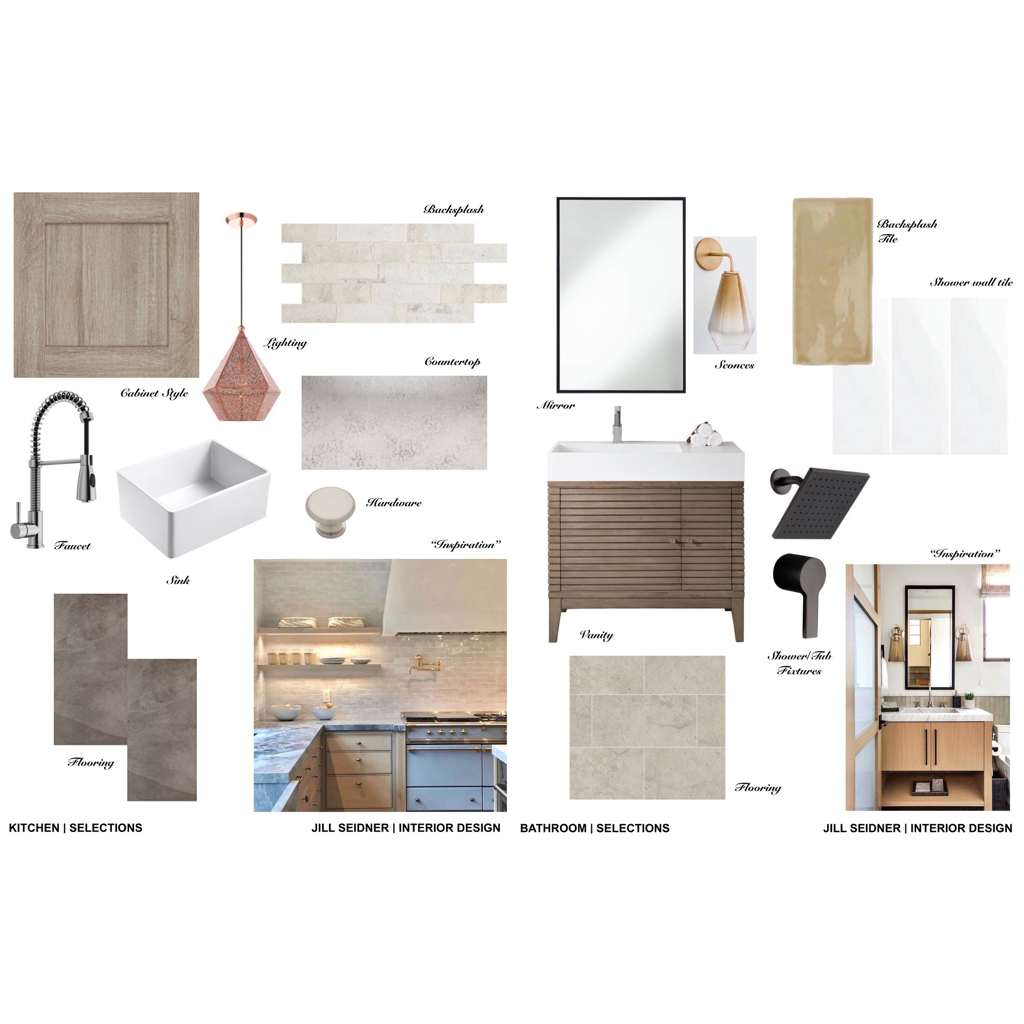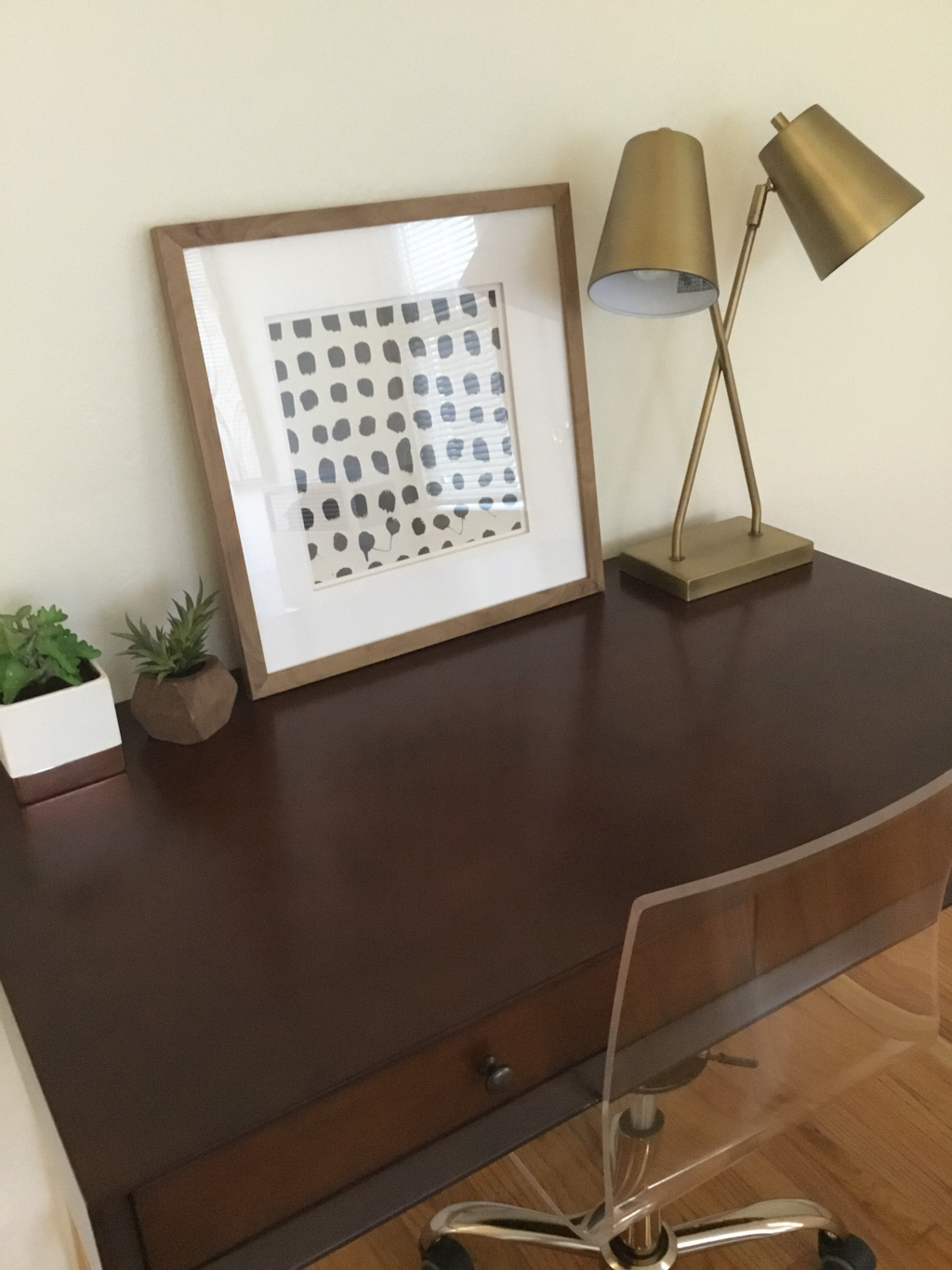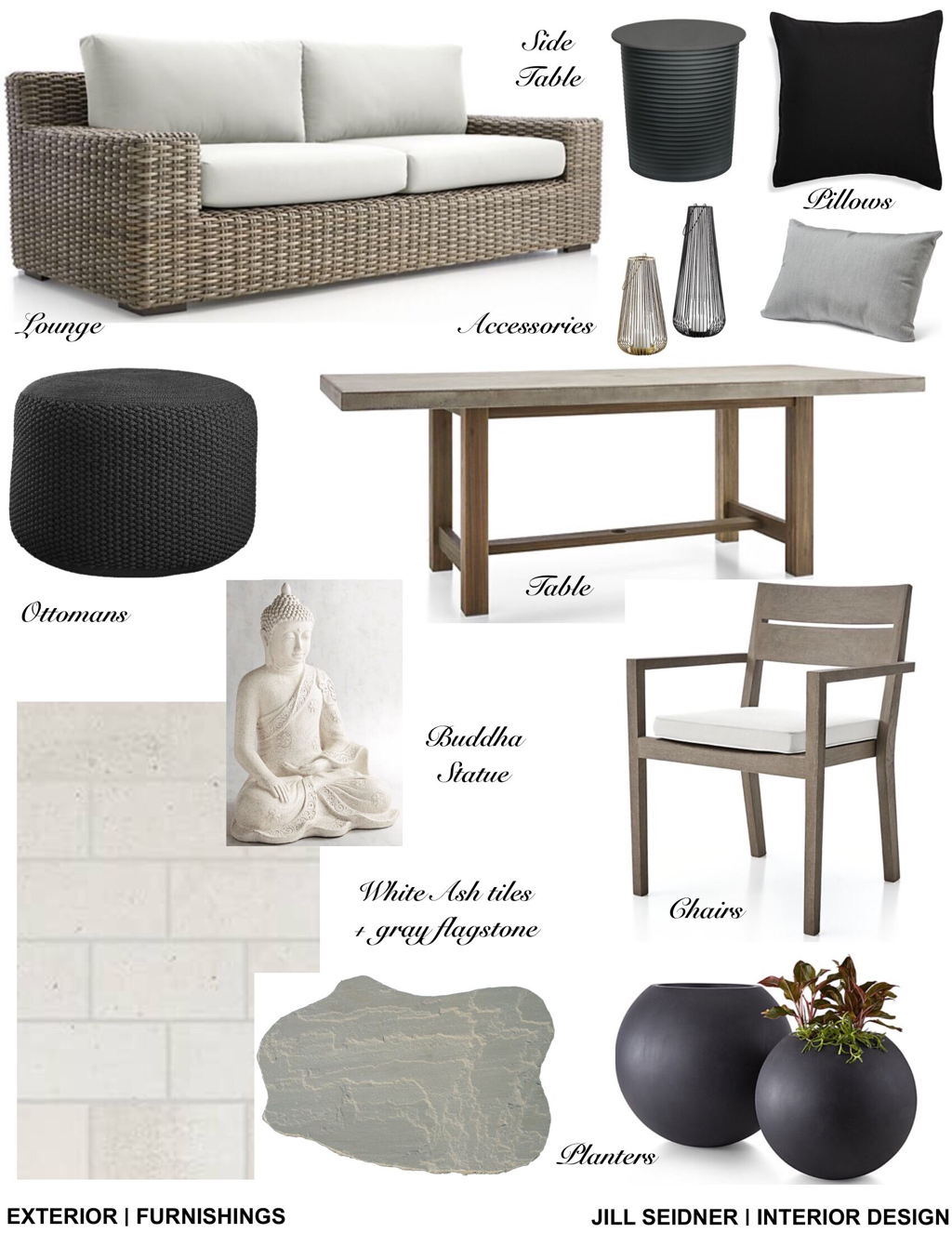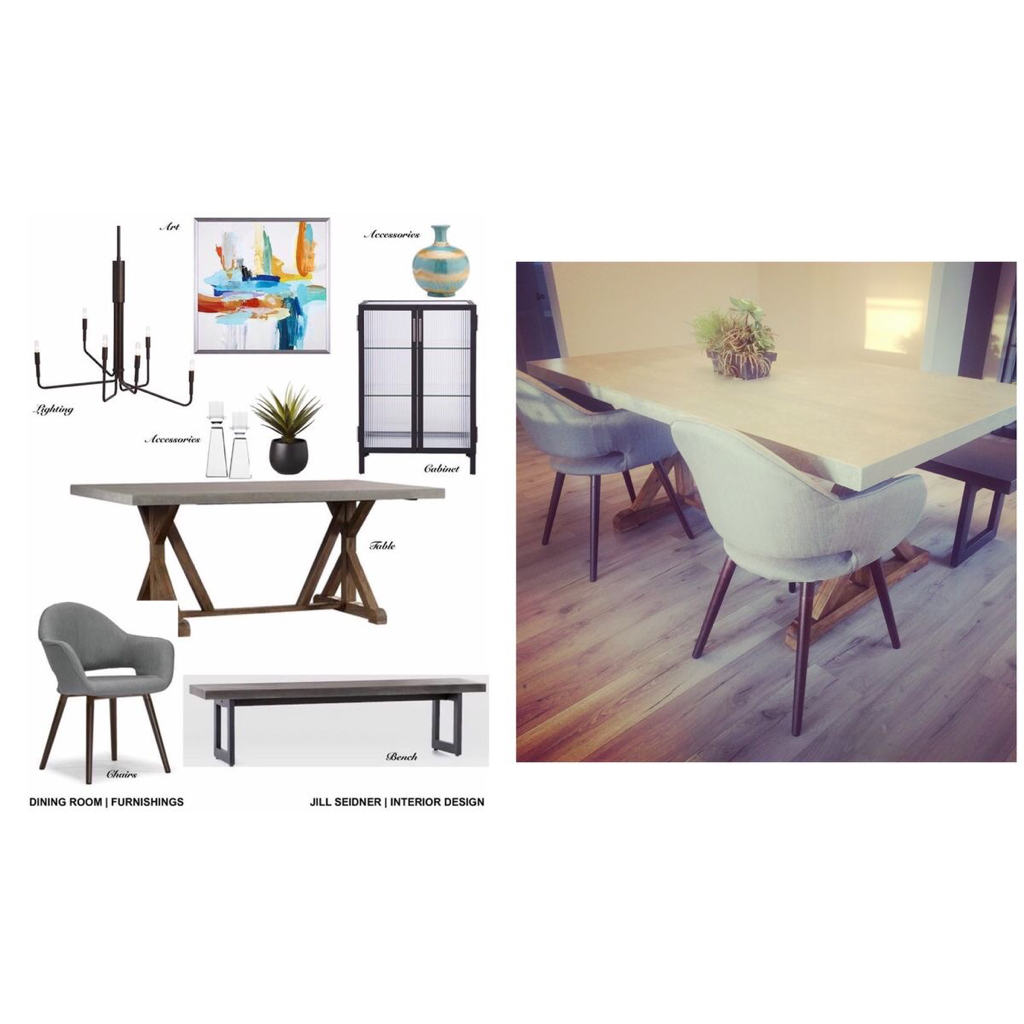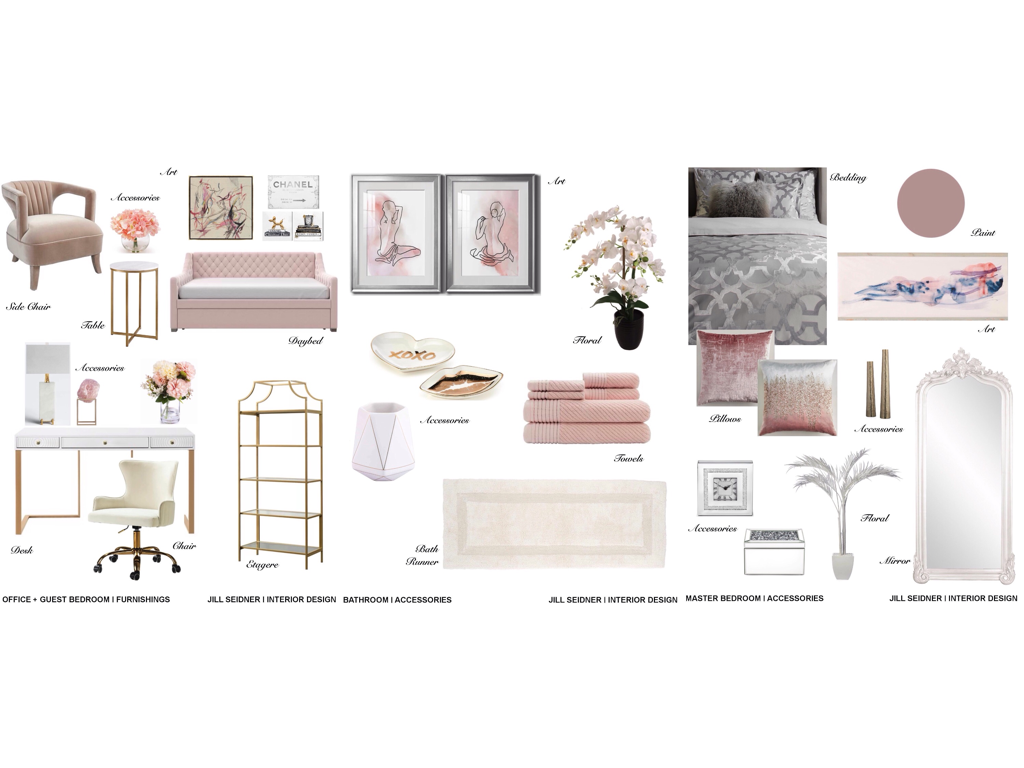|
Image Credit: Cara Fuller from Unsplash.
If you’re lucky enough to be in a position where you can buy a vacation home, you’ll have plenty of reasons to consider it. You’ll have somewhere to go and relax whenever you want, which can be especially appealing when you’re retired. That doesn’t mean it can be an easy process. In fact, many people go through a lot of stress and hassle when they’re doing it. As common as it could be, that stress isn’t something you have to settle for. By going through a few essential steps, you could make it much easier for yourself. With three of them, you’ll do that while making sure you get the perfect vacation home. Buy A Vacation Home: 3 Essential Steps 1. Evaluate The Pros & Cons Before you buy a vacation home, you should take the time to consider the implications. There are multiple pros and cons to be aware of, and you’ll already know about all of the benefits. Make sure you know about any potential negatives while you’re at it. You’ll make a better decision for you because of it. You can then properly weigh the pros and cons when you’re making your decision. With how important of a decision this is, there’s no reason not to spend a little time on this. Make it one of the first steps you take. 2. Know The Type Of Home You Want Before you start looking for a vacation home, it’s worth trying to narrow down your options a bit first. There are plenty of ways you can do this, but one of the more notable is to know what kind of vacation home you actually want. It’ll let you look in more appropriate areas, saving you a lot of time. There’s a big difference between a lakefront home and a penthouse apartment, after all. Take the time to consider what you really want, and you can narrow down your options quite quickly. You’ve no reason not to do this early. 3. Crunch The Numbers If you have a decent amount of money put away, you could think you can afford to buy a vacation home. You’ll have to properly crunch the numbers before you take the plunge, though. The cost of the property is only the first thing you’ll have to pay for, and you’ll have plenty more to pay for after that. There’ll be home insurance, taxes, maintenance, and more. These can all add up relatively quickly, and you’ll have to make sure you can afford it. At the same time, it’s worth asking whether it’s actually worth the cost of owning a vacation home. Buy A Vacation Home: Wrapping Up Trying to buy a vacation home can often be complicated. You’ll have to go through quite a few steps when you’re doing it. Between finding one you want to getting your offer approved, there are countless steps to take. It’s easy to see why it’s overwhelming. By focusing on a few particular steps, you’ll make it a lot easier for yourself.
0 Comments
Pixabay - CC0 License
Working to make your home more secure could be a massive undertaking and when we are doing this in the face of an unexpected incidents, like a break-in or a natural disaster, it can be a very distressing experience. However, amid the challenges are a number of valuable lessons, specifically in relation to interior design. There's so much a natural disaster can teach us in terms of mental resilience and fortitude, but home damage can provide a number of different benefits in the journey towards a better-designed and resilient home, including the following: The Importance of Professional Guidance When we're faced with any home damage, we should seek professional guidance such as a restoration company that can bring expertise in restoring and rebuilding spaces. Professional insights can guide homeowners towards making more informed decisions that don't just prioritize functionality, but also aesthetics. When faced with home damage, it can feel overwhelming to bring in the professionals, but restoration companies play a pivotal role in the evolution of interior design after hoped damage as they can offer insights into the right design choices that can enhance the overall resilience of a home that prioritizes durability without compromising style. Creating Adaptable Layouts The aftermath of home damage typically involves a lot of reconfiguration and rearranging. Having adaptable layouts in interior design by incorporating furniture and layouts that could be easily organized can allow for quick adjustments to accommodate any changing needs or unexpected circumstances. An adaptable layout means that if you were to ever face the same emergency again, you would be far better prepared, whether this is navigating a quick escape from a fire or a natural disaster like a flood. The unexpected is not unexpected when we are prepared for it, and an adaptable layout can make all the difference in your design. A Resilient Design Home damage can teach us a very valuable lesson in the concept of resilience in terms of design. For example, materials and furnishings that can withstand unexpected events and contribute to the longevity of the space like fire-resistant materials or floors that are less permeable to water damage can enhance your home's ability to weather any storm. A resilient space will give us greater peace of mind to ensure that we can deal with problems far more effectively in the long run. Incorporating Smart Storage Solutions Home damage wreaks havoc on our personal possessions, and this can teach us the lesson of designing with efficient storage in mind, ensuring that our belongings can be protected and organized, which can reduce the overall destruction of our personal possessions during unforeseen events. Smart storage solutions are not just functional in these situations but can still provide high-quality aesthetics in interior design. The aftermath of any home damage can provide profound insights into creating spaces that don't just look great but are also adaptable and resilient by their very nature. Interior design is a long journey, especially after a major situation like this; however, homeowners can transform these spaces into solid havens that will weather unforeseen circumstances and last much longer as a result. Has the time come for you to buy a new car? This is a time that a lot of people dread as there is simply too much choice. You have to walk around a showroom, pick a car, and then take it for a test drive. This is one car out of hundreds that you walk past. However, fear not, we have you covered. Take a look at the article below to find out how you can choose the perfect car. Pexels CCO License
The Type Of Car One of the first things you need to think about is the type of car you want to buy. This could be an SUV if you have family to fit in, or a sports car if you want to look cool flying along the freeway. There are many types of car and it comes down to what fits your lifestyle. If you need to transport work materials or children to different locations then an SUV might be more beneficial to you. New vs Used Another thing to consider is are you going to buy a new or used car? There are of course pros and cons to both of these options. If you are wanting to buy a used car then you can use a comparison site to look at different prices, edmunds is a wonderful place to start. Speak to your friends and family members about whether you should buy a new or used car. The risks you take with a used car is that it ends up costing you more in repairs. The Colour You might not think that this is too important but when you find your dream car you will also need to choose the color. Some come as standard which means you don’t have to pay extra for them. However, some of the nicer colors could add a couple of hundred onto the asking price of the car. There is another option, if you get a standard color and then ask your local car sprayer how much it will cost to change the color. This might be cheaper than getting your chosen color from the dealer. Where You Will Keep It Something that might want to think about is where your new car is going to live when you are not using it. If you live in a dangerous neighborhood then you might want to keep your car in a garage. Alternatively, you could house it in carport or just park it on the street. Where you keep your car can have an impact on the car itself. Cars kept outdoors can suffer slighly more from the elements, causing color fade and rust in the long run. Extra Costs Finally, you may not realise this at the time of buying a new car but there will always be other costs involved. You need to consider how much your insurance is going to cost you each month, there are different factors that can push the price of this up. For instance, the color of your car or the fuel type. You will also need to look into the cost of tires and how much services will cost to keep your car roadworthy. Pexels - CCO Licence
Okay, hear me out. You’re probably thinking, “How on earth does my obsession with mid-century modern furniture or my penchant for boho-chic throw pillows have anything to do with picking out a ring?” On the face of it, the way you style your home might not have too much in common with your choice of ring, but when you think about it style is style, and taste is taste, so one can definitely inform the other, as you will see below. 1. If You Love Minimalist Decor Your home is all about clean lines, neutral colors, and a “less is more” philosophy. You’re the type who finds beauty in simplicity, and your ring should reflect that. Think sleek solitaire diamonds, simple bands, and understated elegance, and take the time to explore Hidden Halo Engagement Ring Designs. Basically, if your ring was a room, it would be that impeccably organized, clutter-free space that makes Marie Kondo weep with joy. 2. Vintage Vibes All the Way If your home is a curated collection of treasures from bygone eras, each with its own story., then it goes without saying that you need a ring that has character, history, and a bit of old-world charm. So, start by looking for rings with unique details like filigree, antique cuts, or even a family heirloom piece. Your ring should look like it has danced through the Roaring Twenties or sipped tea in Victorian times. 3. Bohemian Rhapsody You’re the free spirit with a home that looks like a permanent Instagram filter. You’ve got more plants than a greenhouse, and your love for color and eclectic patterns knows no bounds. Your ring? It should be as unique as your style. Think unconventional stones, asymmetrical designs, and mixed metals. It should scream “I’m artsy and fabulous” in the most boho-chic way possible. 4. Modern and Chic For the lover of all things modern, your home is likely filled with bold statement pieces and the latest trends. This means you are probably going to love any ring that is contemporary, unconventional in its shape and style, and more art than jewelry. 5. Cozy and Rustic If your home is a warm, cozy haven filled with wood tones, soft fabrics, and a fireplace that’s the envy of the neighborhood, you’ll want a ring that is si8milarly warm, so go for classic yellow golds, rough cut stones that are more down to earth, and maybe even look at wooden rings too. 6. Glamorous and Luxurious You, my friend, are the epitome of glam. Your home sparkles just as much as you do. We’re talking plush velvet, shiny metals, and maybe a chandelier or two. Your ring should be just as show-stopping. Big, bold, and extra sparkly right? 7. Eclectic Collector Can’t settle on one style? Your home is a delightful mix of various themes and periods, reflecting your diverse taste. Your ring can be just as eclectic as you are, so don’t be afraid to mix and match your metals and stones for a unique look that you truly love. Ring time? Urbanization and digital technology have opened up numerous ways for you to monetize your property as a source of additional earnings - or perhaps even become your main source. Exploring these avenues may provide an ideal means of supplementing or even replacing current sources of earnings altogether. Photo by Towfiqu barbhuiya on Unsplash
Rent Out Your Property One proven and efficient way of making income from your property is renting it out on an ongoing basis with tenants who sign a lease agreement for months or even years. Property rentals provide a steady income source and property management companies can be invaluable resources in managing them effectively. These firms handle all aspects of rental property management for you, from tenant screening, rent collection and property maintenance, all the way through to legal disputes. By outsourcing this work to a professional company, you can focus on enjoying the income generated from your rental property without worrying about managing all the details yourself. This option is particularly advantageous for property owners living far away or those managing multiple properties; any fees paid can easily be offset by increased rental income due to professional management and higher tenant retention rates. Lease Your Property to Businesses One effective strategy for making the most out of your property investment is leasing it to businesses. Commercial leasing can be highly rewarding if your property is situated in a bustling city center or desirable neighborhood. Retail shops, restaurants and office spaces are always searching for properties in optimal locations. Though commercial leases tend to be longer and more complex than residential ones, they usually command higher rents with long-term contracts available. As commercial tenants tend to take great pride in taking good care with the property they lease, as this directly reflects on their business image, it's wise to hire a lawyer when drafting their lease in order to ensure you're adequately protected and that local laws and regulations are observed. Aim for leases which offer regular rent reviews so your rental income keeps pace with inflation and market rates. Utilizing for Agricultural Purposes If your property includes open land, consider using it for agricultural purposes. Farming - whether traditional crop growing or livestock rearing - can offer significant returns in income. Your land could also serve as a platform to lease it to farmers without their own land, or start an organic farm and sell the produce at local markets or restaurants. Establish a Community Supported Agriculture (CSA) program whereby local residents pay a subscription fee in exchange for regular deliveries of fresh produce from your farm. Not only will this bring a steady income but it will also build stronger community ties. Beekeeping or growing specialty crops could also provide an interesting form of agriculture. Maximizing the income potential of agricultural land may take considerable research and study of market demand in your locality. Initial investments might also be required along with knowledge of sustainable farming techniques; however, thoughtful planning ensures agricultural use can be both financially rewarding and environmentally beneficial. Offering Storage Space As urban living spaces shrink and people collect more belongings than can fit inside, storage solutions have become an increasing necessity. If your property features unutilized space such as a basement, garage, or even an empty field that you aren't using for anything else, offering it for rent as a storage facility could become a lucrative source of income. Individuals and businesses alike are willing to pay rent for secure storage for belongings such as equipment or inventory. Conclusion Your property offers many opportunities to generate income, from rent or lease agreements, farming activities or offering storage space - each option presents its own set of advantages and drawbacks. Remember, what may work for one property might not necessarily work well for another so before making your decision it's essential to consider factors like location, market demand and your personal circumstances before selecting an ideal plan of action - with careful planning your property can become an excellent source of additional revenue! You love your child and you want to give them a wonderful birthday party with great food, fun games, plenty of activities, and all their friends. However, you’ve also invested a lot of time, effort, and money into your home’s interior design, and the last thing you want is for a child’s birthday party to cause any damage or make (too much) mess. With that in mind, here are some of the things you can do to protect your home during a kid’s birthday party. Photo by Ivan Samkov
Store Fragile Items Kids will be kids, and excited kids will be clumsy, so it’s a good idea to remove any fragile, breakable, or precious (whether they’re worth a lot of money or you just really love them) objects away from the party area. If you’re letting the kids run wild in the living room or dining room, those are the rooms to clear. If they’ve got the entire downstairs, you’ll need to do more. Make sure everything’s covered, and consider whether it’s worth just storing things in a spare room or whether you need to get them out of the house and even rent a storage unit. Although it’s extra work and cost when you’re already dealing with a party, taking your stuff out of the house could be the best option you have if you want to ensure you can have things back to normal once everyone’s gone home. Protect The Floor If you don’t have too much time or you’re pretty sure the kids aren’t going to run around too much, then you might not have to remove everything that could be broken or damaged in some way. However, it’s still a good idea to take care of your floor and protect it as much as possible. Spilled food and drink can cause havoc and easily stain, and it’ll be hard work to remove trodden-in cookie crumbs and pizza crusts from the carpet or rug. If you have a rug, you can take that up and put it somewhere else, leaving the tiled or wooden floor underneath. Yes, it might still get messy, but at least it’s easy to clean. If you have carpet, you can invest in a cheap rug to place over the top (or more than one if it’s a large room) - make sure it really is cheap, though, as the easiest thing to do when you’re clearing up is simply to throw the rug away. Leave The House If you’re really worried about the house getting messy and you don’t want to compromise on the fun your child deserves for their birthday party, then it’s probably best not to have the party at home at all and instead book a party somewhere special. If you find somewhere that specializes in birthday parties, you’ll find all the hard work is done for you, your child (and their friends) will have the time of their lives, and your home won’t suffer in any way. It’s possibly the very best option of all. Image credit
When it comes to investing and building wealth, there are so many options for you to choose from, and the best investments for you depend on your personal choices, your risk tolerance, and how much you have available to invest. Everyone is different. What is right for one person isn't suitable for someone else. Getting the right financial advice and ensuring you're making sound financial decisions can help you avoid the common pitfalls of investing, watch your money grow, and not dwindle away over the years. With that in mind, this post looks at some of the most popular investment options in the US right now. Property There are approximately 22 million landlords in America right now, and most of them are mom-and-pop investors with around 1 or 2 properties each that they rent out. But if becoming a landlord isn't for you can invest in real estate in different ways. You can choose REITs, which are real estate investment trusts, which are groups that own income-generating properties and sell dividends to investors. You can choose to invest in commercial or residential properties in this way, from malls, hotels, and offices to Multifamily property investments, which are your apartment complexes. If you want a more passive method of generating an income and building wealth via real estate options, this could be the right choice for you. Alternative Investments If you want to diversify your portfolio or look for something away from the standard investment options, investing in things like gold, art, cryptocurrency, jewelry, or hedge funds, for example, can be an excellent way to generate an income or invest your money. If this piques your interest, working with brokers or private wealth management firms can help you make the right investments and avoid the common pitfalls of investing in options like this. Stocks The most common and well-known type of investment is investing in stocks. You can invest in individual stocks or dividend stocks, and what is best for you depends on a few different factors. Individual stocks are an ownership in a company. While these can offer higher returns than, say, government bonds, they also come with higher volatility. They are typically more suited for experienced investors with a higher risk tolerance and a well-diversified portfolio. Dividend stocks are regular cash payments that companies pay to shareholders. Dividend stocks are usually associated with more stable, secure, and profitable companies as opposed to your fast-growing enterprises. And while returns might not grow as fast as companies in the growth stage, the dividends are attractive for many investors and can provide a regular income. Before you make any type of investment, you need to do your research and be sure you know what the risks and returns are and you are confident in what you are investing in. There are many scams associated with investing; however, for those who want to grow their finances or generate more passive type of income, investing needs to be something you are actively doing, not just thinking about. Your home is a private sanctuary and it's a place where you should feel secure and not violated. When you go into your house at the end of the day and you shut the door behind you and lock it, you should feel as safe as you can be and feel confident about that. Home invasions have decreased over the last year for most people, but they are still very prevalent and they are still very much a worry. You might not think about what a home invasion could do to your home on the inside or the outside, and you might not think about the personal impact it can have on you. However with the right security screens, the right locking system and even cameras installed, you could ensure that your home feels as secure as you want it to feel. With that in mind, let's take a look at some of the ways that you can make your home more secure. Image source: Pexels
You deserve to feel safe and secure within your home and these are the tips that are going to help you to do just that. Pexels
There may be a point and time in your life when you find yourself living alone. It may be by choice or maybe it’s not your first choice and it’s just something you have to deal with. In either case, it’s important that you make the most out of your situation. It’s not so bad and you may even end up liking living by yourself once you get more comfortable with the reality of it. Here you can review four tips for when you live alone so it can be a positive experience.
Photo by Scott Webb: https://www.pexels.com/photo/two-gray-bullet-security-cameras-430208/
Anyone who owns a home needs to know that a simple home improvement that makes a big difference is updated security. Security updates can be easy and affordable to install. With maximum security in place, you can rest assured that your home is protected and safe. Using these tips, you can find the best ways to improve your home’s security. New gates Homeowners will be surprised to know that a gate can improve home security within minutes. Installing a gate does not take a long time or cost a lot of money. Yet, it requires professional work if you want it to be durable and long-lasting. Investing in a company like Tulsa Home Guard will allow you to install professional gates so you can maximize the security of your property. Adding new gates to the front and back will offer more protection and guarantee to deter any intruders. Make your alarms visible Making the security alarms visible in your home will ensure that they can be seen by potential intruders. An intruder would be silly to attempt to enter a property when the police can be alerted in seconds. Therefore, make your alarms as visible as you can to deter intruders. Install CCTV cameras outside CCTV cameras will also work to deter intruders. When someone sees that your home is secured with surveillance cameras and you can watch them, it will make them lose interest. Although some intruders can be clever enough to cover the cameras, they will still be seen when doing so. Plus, with the other security measures in place, they can still be caught. Store spare keys in a locked, safe place Another tip to keep your home secure is to store any spare keys away in a locked, safe place. You will want them to be out of sight and difficult to find. If you leave them at a door or under a mat, they will easily be found. Locking them in a hidden box is the best bet. Lock your car away Although your car is separate from your home, you will want to keep it secure and safe at all times. Therefore, it is good to lock your car away and out of sight so that it can remain safe. It is good to lock the car in a garage, if you have one. Or, use an external unit where you can maximize its security. Doing so will guarantee that you can remain calm regarding the protection of your car. Double locks on the windows and doors Installing double locks on your windows and doors is an excellent technique if you want to make them difficult to break into. Double locks will require a special key and reduce the likelihood of someone easily entering. In conclusion, it really is simple to secure your home. Installing alarms and cameras, along with adding new gates, can be all it takes to make your home less vulnerable and more secure. |
Design Services
Looking for interior design help? Offering design consultations and online design for anyone, anywhere. Happy to help with any of your design needs! About
Archives
July 2024
Categories
All
Offering sponsored blog posts + social media campaigns, details here.
Gift Cards E-Cards for Design Consultations, more info here.
Online Design: complete flat rate room design, for anyone, anywhere. More info here.
Book A Design Consultation On-Site or Online for anyone, anywhere! Details here
Window Treatment Consultations
Moving Day Services
Design Layouts, details here
Color Consultation for Interior/Exterior
Flat Rate Kitchen Design & Bathroom Design Package. Details here
Flat Rate Home Office Design, just $450. Details here.
Flat Rate Outdoor Design, $450. Details here.
Flat Rate Room Design for Kids $500 per room, details here.
“Work with what you got!” - Room Makeovers. Details here.
Room Refresh! - Room accessorizing services. Details here.
|

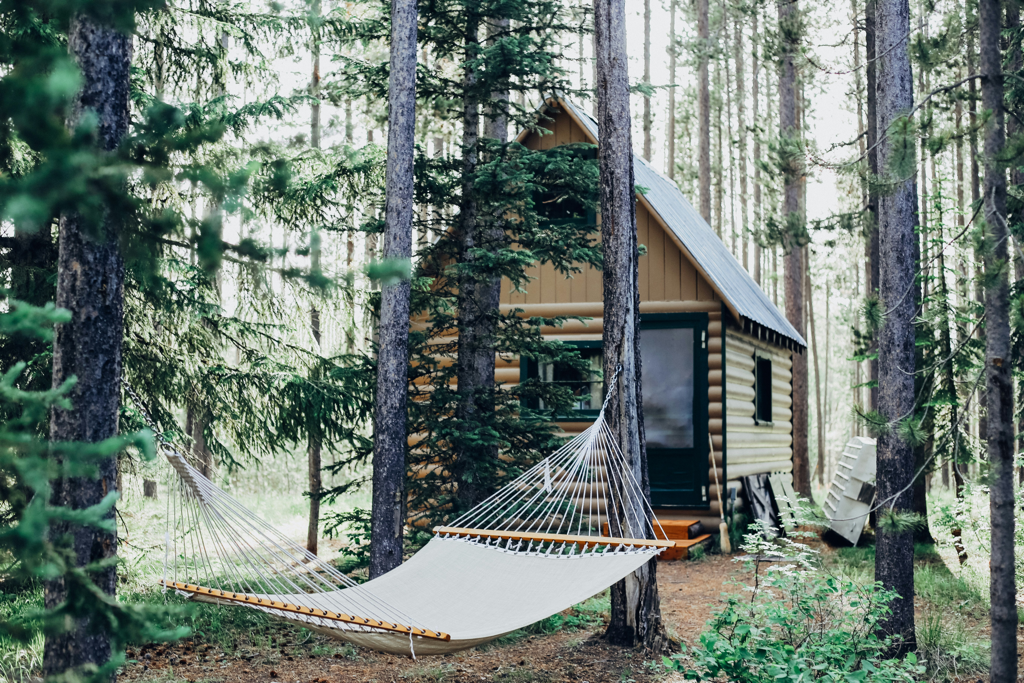









 RSS Feed
RSS Feed

